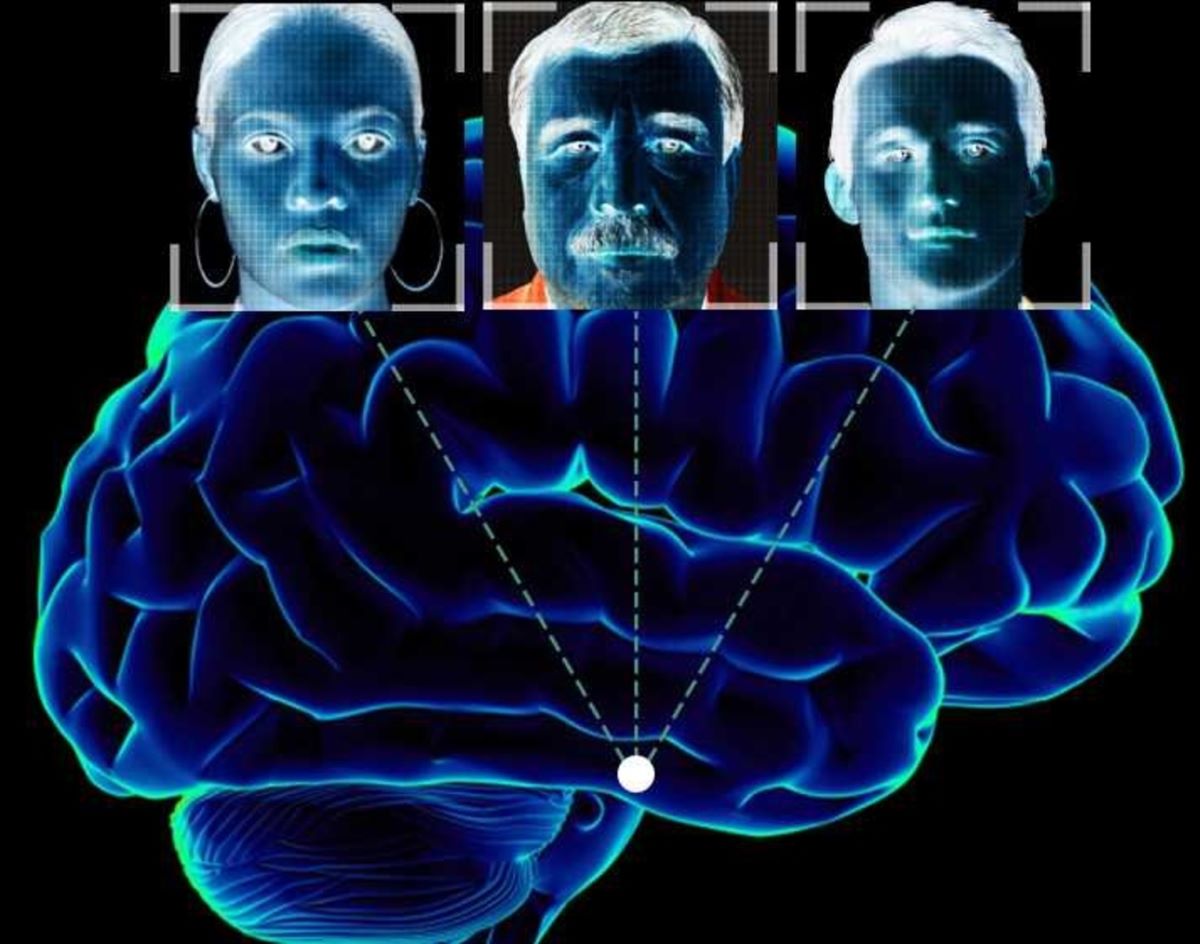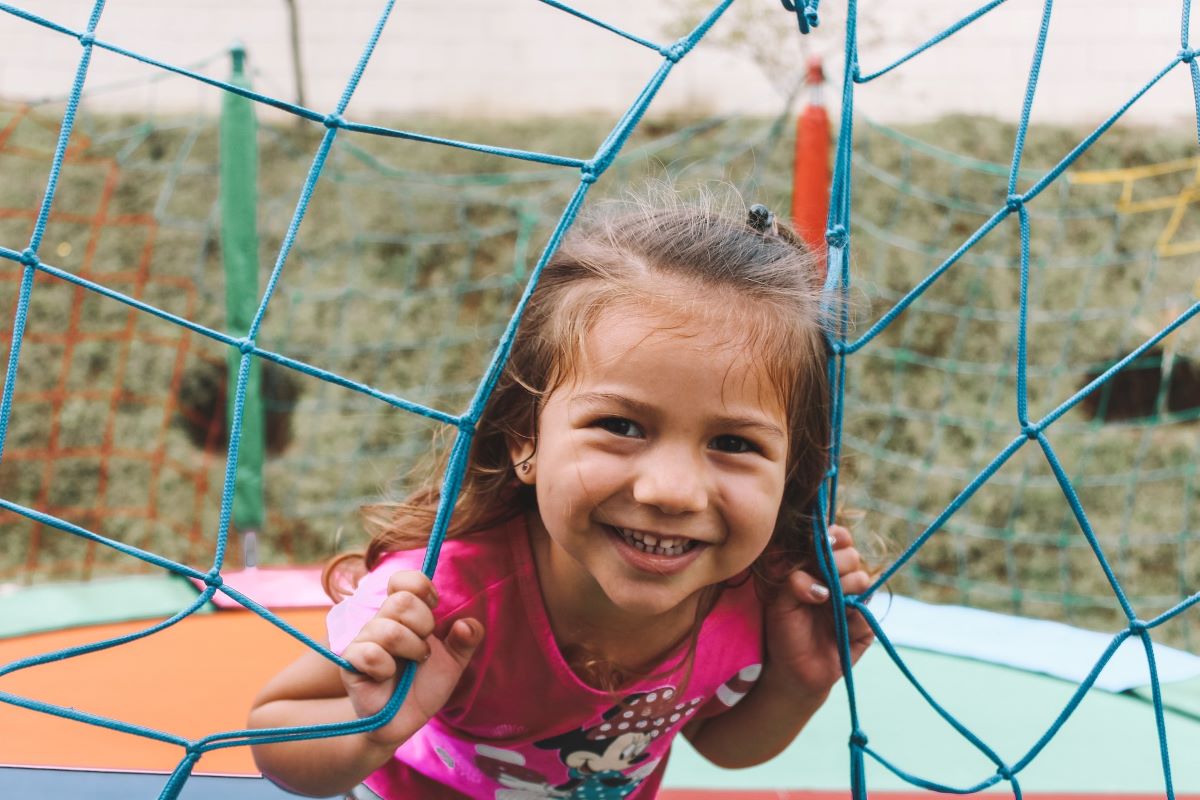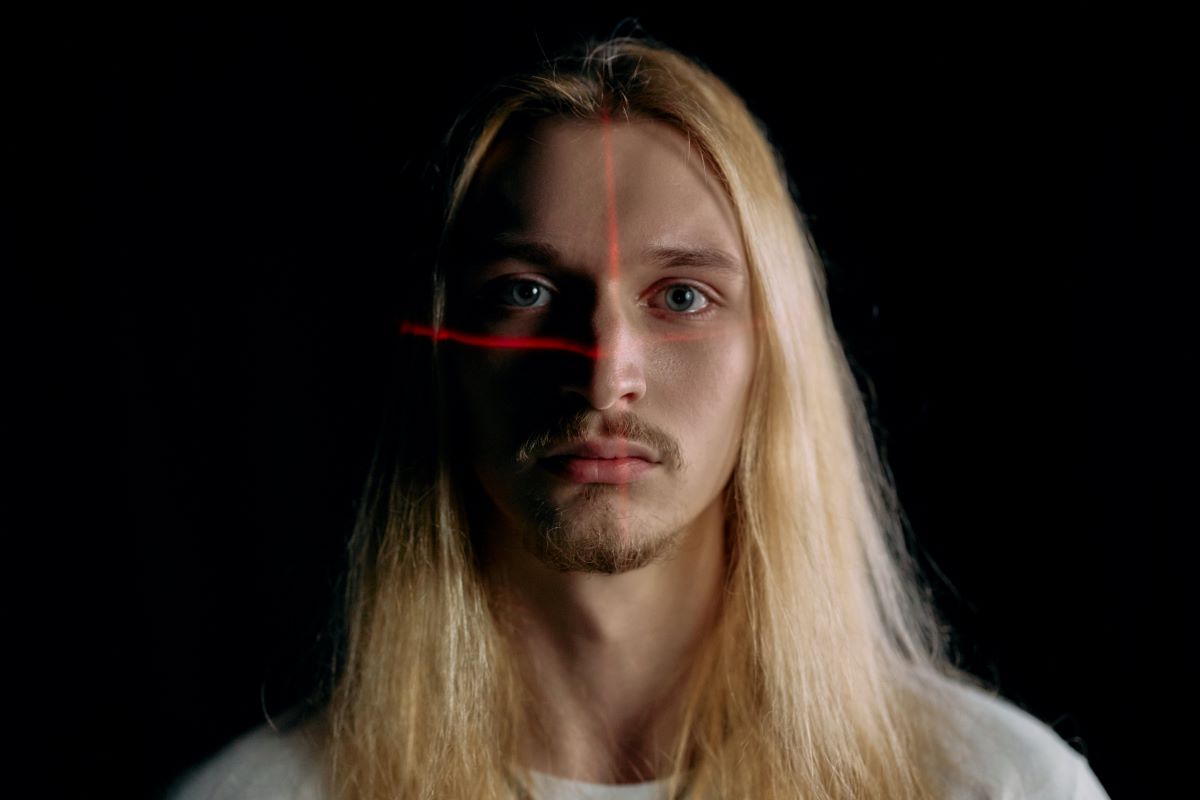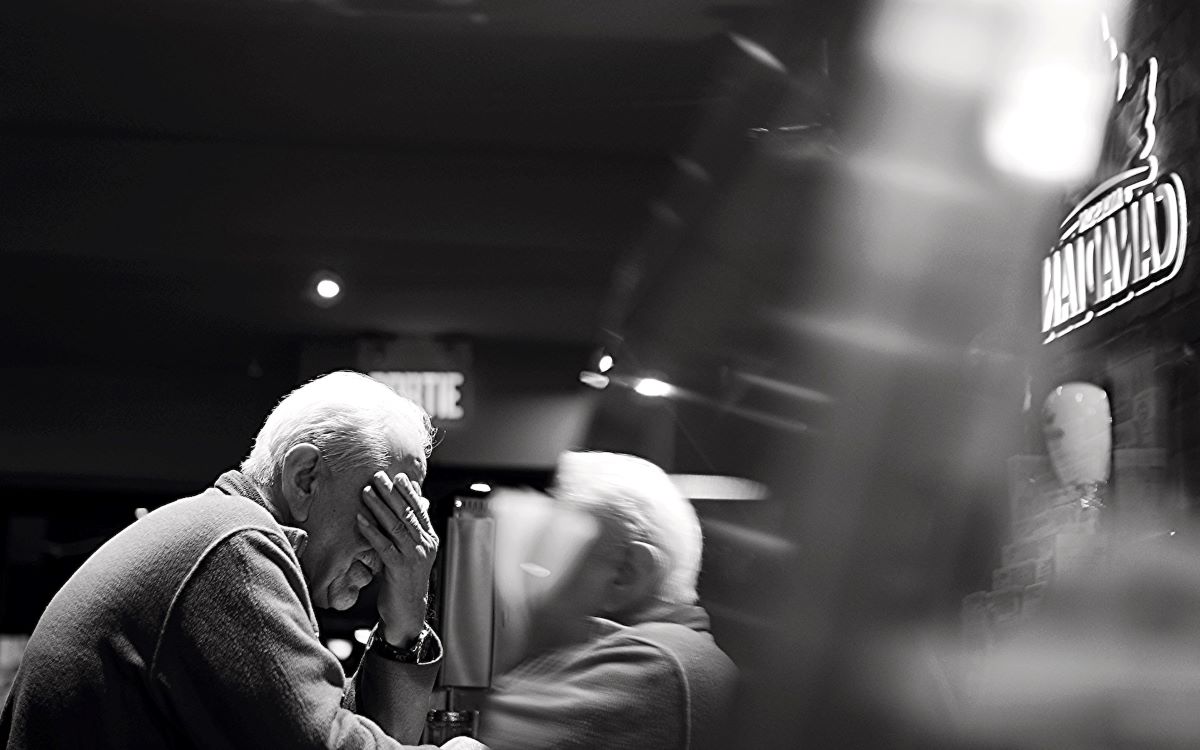How Do We Recognize Faces?
Faces are one of the first things that most of us learn to identify from a young age.
But how does our brain recognize a face? The magic of facial recognition lies in the intricate interplay between our eyes, brain, and memories.
Today, let’s take a quick dive into the fascinating science behind recognizing faces and how it has evolved with the help of technology.
How does the brain recognize faces?
How your brain recognizes faces is a complex and sophisticated process that requires multiple areas of it to work together. The primary area in charge of this process is called the Fusiform Face Area (FFA),[1] also known as the fusiform gyrus.[2] It’s situated in the temporal lobe of the brain.
When we look at faces, the FFA gets activated. It gets even more active when we look at faces compared to when we look at other things like buildings or objects. This tells us that the FFA is important for recognizing faces and is made to handle information about faces specifically.
One theoretical model that explores face recognition is the Bruce and Young model. It proposes that there are several stages involved in face recognition, from the initial perception of a face to the retrieval of semantic information about the person.
In the first stage, your brain quickly and automatically processes basic information about the face, such as its overall shape, size, and features. This stage is fast and efficient, allowing you to quickly determine if a face is familiar or unfamiliar.
Our ability to detect differences in color, texture, and shape is facilitated by specialized cells in our eyes called cones. In other words, facial recognition is closely connected to the visible spectrum because it relies on the perception of visible light to distinguish between different faces.
In the second stage, your brain engages in more detailed and conscious processing of the face, taking into account our past experiences and memories associated with the face. This stage is slower and requires more brain resources, but it allows us to accurately identify the person and remember their name and other information about them.
How our face recognition abilities develop in stages
Did you know that our full ability to recognize faces develops in stages? One of the earliest stages is learning how to distinguish faces from objects.[3]
1. Telling apart faces from objects
The ability to recognize faces is a crucial aspect of human perception, and it begins early in life. Even newborns have been proven to show a preference for looking at faces over non-face stimuli.
But how do our brains distinguish between faces and other objects? Research suggests that several brain regions are involved in face recognition, including the fusiform gyrus and superior temporal sulcus. These areas are responsible for processing visual information and identifying facial features such as the eyes, nose, and mouth. The cells in these areas are thought to respond selectively to faces but not to other objects.
In contrast, cells in the parahippocampal gyrus respond to scenes and environments, while cells in the lateral occipital complex are geared towards object recognition. This suggests that the brain has different neural pathways for processing faces and objects.
2. Detecting emotions in faces
Face recognition is a complex process that develops in infancy and continues throughout our lives. Babies as young as two months old can distinguish between faces, particularly those of their primary caregivers. As children grow older, their ability to recognize faces becomes more refined, and they begin to develop the ability to detect emotions in faces.
Detecting emotions through facial expressions is vital for social interaction. Children who struggle with this may have difficulty interpreting social cues and understanding relationships, but practice and exposure can help develop these skills.
3. Recalling familiar faces
As we age, our FFA becomes more adept at recognizing and differentiating between faces. This allows us to easily recognize friends, family, and acquaintances.
However, when we view faces from a distance, the curvature of the Earth can obstruct our line of sight and make it difficult to see facial features clearly. This can be challenging in situations where we are trying to identify someone from a distance, such as at a crowded event or in a large outdoor space.
Despite this challenge, our brains are still able to process and recognize faces based on the available information, such as the overall shape of the head and body, clothing, and other contextual cues.
4. Mimicking facial expressions
Infants learn to imitate facial expressions as their face recognition skills become more refined and they understand emotions better. As they age, they can make increasingly sophisticated impressions based on facial expressions, body language, and vocal cues. This ability allows us to build relationships, communicate effectively, and understand others’ perspectives.
Whether we’re trying to understand the motivations of a friend, judge the sincerity of a coworker, or get a sense of the mood in a room, our face recognition abilities play a critical role in helping us understand the perspectives and emotions of those around us.
Three stages of face processing
There are three key stages of face processing. The first stage is basic facial recognition, where the brain quickly and automatically recognizes a face as familiar or unfamiliar. This process is fast and efficient, allowing us to identify a face, even in a crowd quickly.
In the second stage of face processing, the brain engages in more detailed processing of the face. It considers our past experiences and memories associated with the face, allowing us to recall information about the person, such as their relationship to us, their personality, and other relevant details. This stage is essential for recalling memories and information linked to a face.
The final step of face processing involves recognizing the person’s name attached to the face. This stage requires the activation of multiple areas of the brain, including regions involved in memory and language processing.
Together, these stages of face processing allow us to quickly and accurately recognize and recall information about faces. However, the process can be disrupted by age, memory decline, or the absence of past experiences with the person.
Brain impairments that may affect face recognition
Impairments such as brain trauma or neurological illnesses can affect our facial recognition abilities by damaging or altering the regions of the brain responsible for recognizing faces, such as the FFA.
Brain trauma can occur from head injuries and impact familiar face recognition, while neurological conditions such as Alzheimer’s, Parkinson’s, and schizophrenia can also affect facial recognition abilities.
Final thoughts on the fascinating world of face recognition
As you can now tell, recognizing faces is a sophisticated process that engages our eyes, brain, and memories. From the earliest stages of development, our brains are already hard at work processing and categorizing faces, allowing us to build relationships, communicate effectively, and navigate the social world around us.
Therefore, it’s essential to prioritize maintaining healthy eyesight so that we can continue to recognize and recall faces with ease!
References
- “The fusiform face area: a cortical region specialized for the perception of faces”, National Library of Medicine.
- “Role of the fusiform gyrus and superior temporal sulcus in face perception and recognition: An empirical review”, Wiley Online Library.
- “When Can Babies Recognize Familiar Faces and Objects?”, What to Expect.

Written by:
Angie Garcia


















